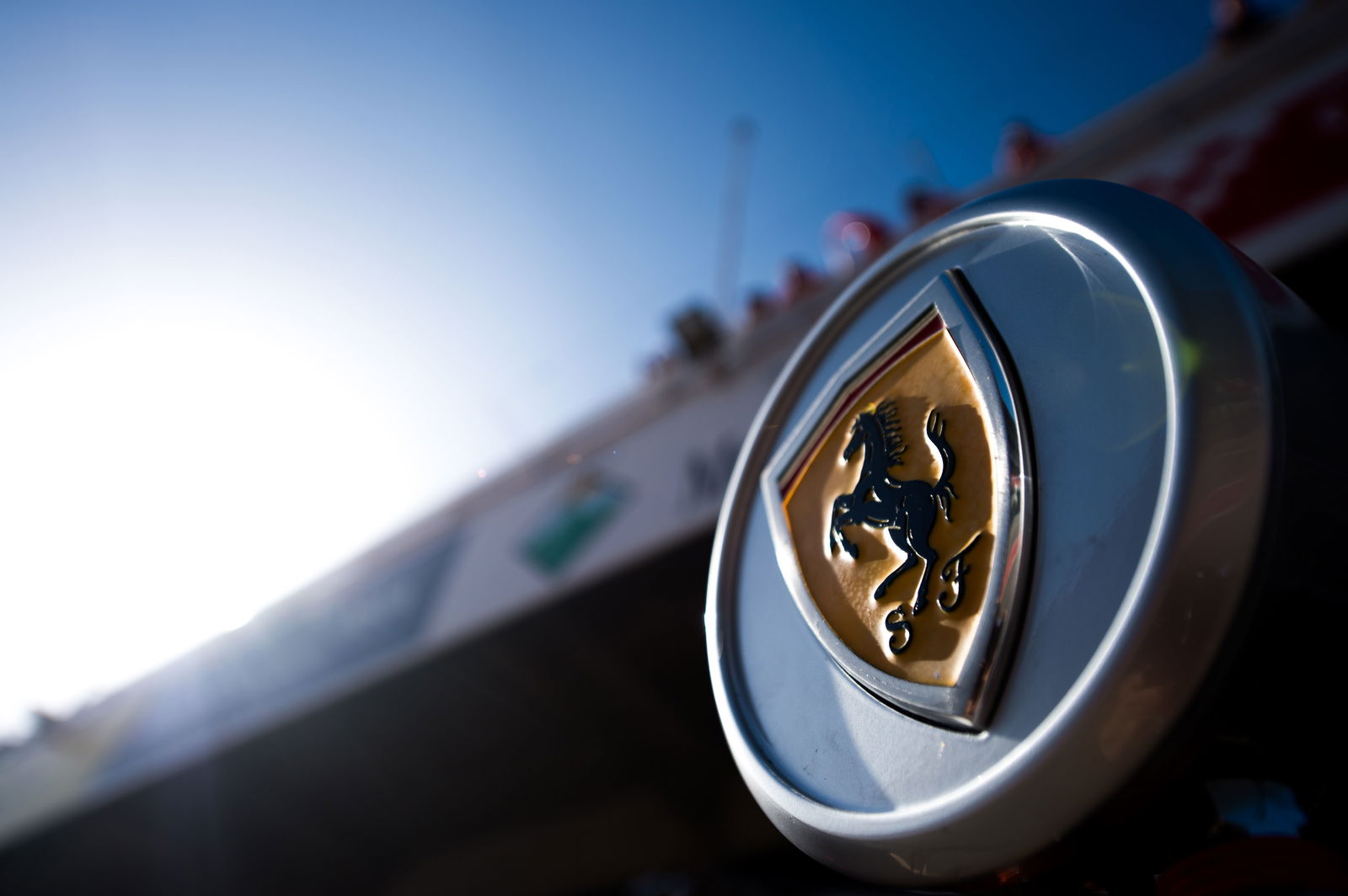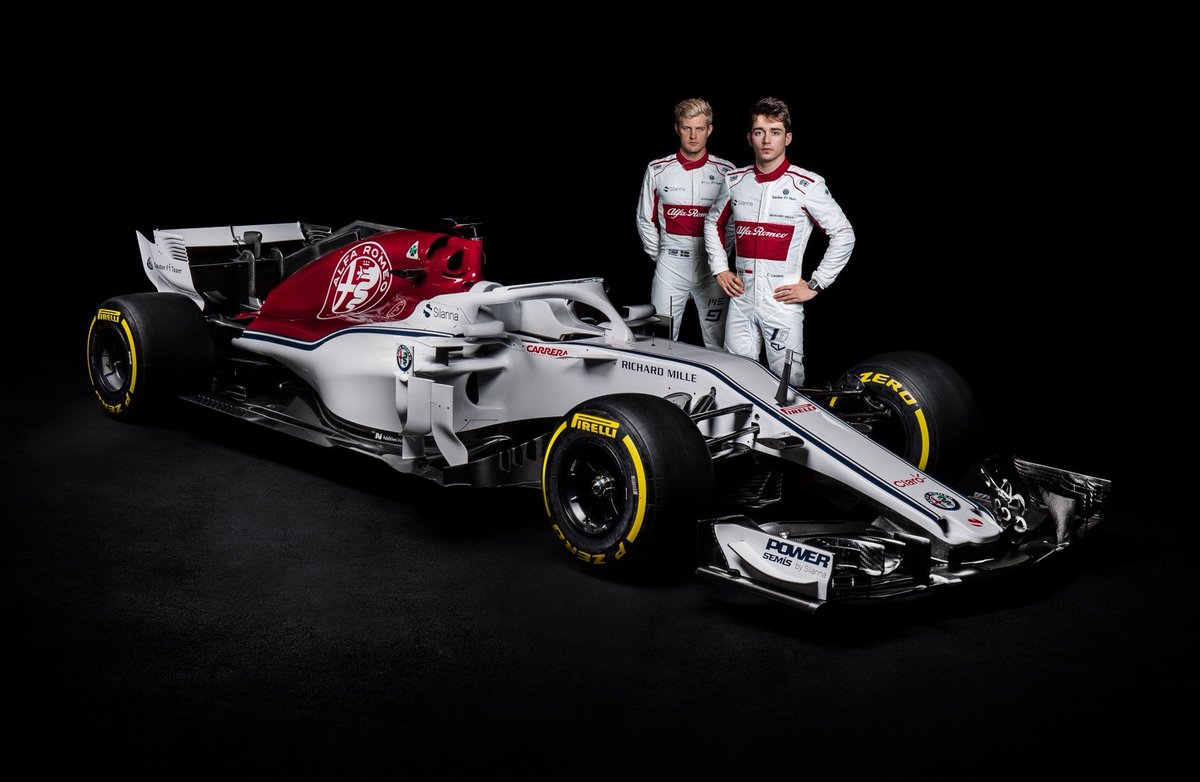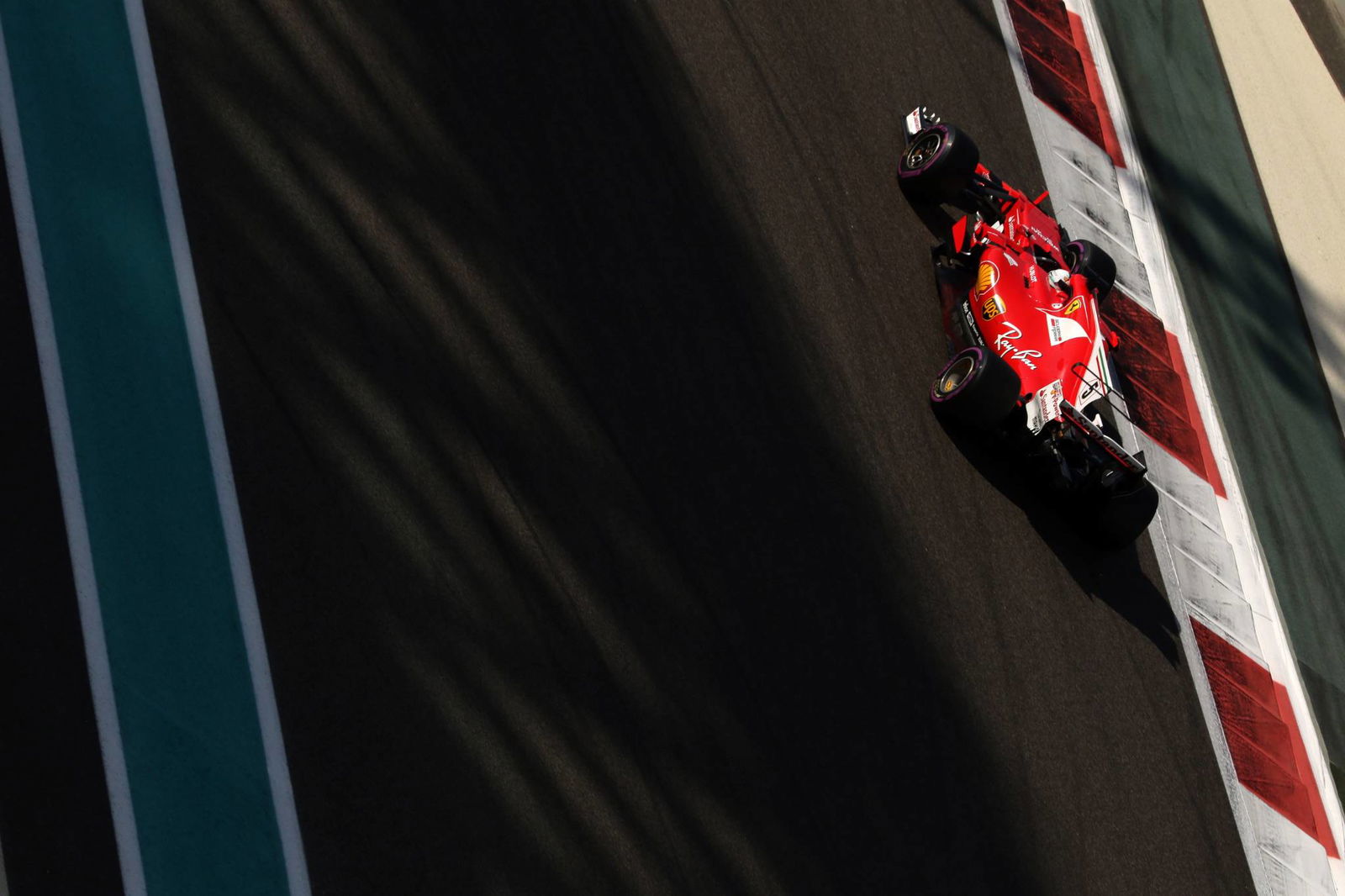Ferrari and F1: What lies ahead?
Ferrari and Formula 1 is a synonymous combination which has been through thick and thin but the longest-standing and most successful team in the sport’s history is grumbling the word divorce in the light of the new Liberty Media era.

Ferrari and Formula 1 is a synonymous combination which has been through thick and thin but the longest-standing and most successful team in the sport’s history is grumbling the word divorce in the light of the new Liberty Media era.
The Italian manufacturer appear to have become the architects in bringing Liberty’s honeymoon crashing down with President Sergio Marchionne threatening to walk away from the sport if the future direction doesn’t suit it. The sticking issues are wide-ranging from sporting regulations, engine configurations to revenue redistributions, while there is a sense of clash of cultures between the two sides which was navigated in the past under Bernie Ecclestone’s reign.
In the immediate future Ferrari’s F1 involvement is rubber stamped. The Tifosi has a new F1 car to admire after the launch of its 2018 challenger, the SF71H, with pre-season testing roaring into action next week at Circuit de Catalunya in Barcelona.
Ferrari stole the show in testing 12 months ago, by topping the times and thoroughly outperforming defending champions Mercedes despite the whispers of sandbagging. The proof came in Australia with Sebastian Vettel reeling in pole-sitter Lewis Hamilton for victory which sparked an F1 drivers’ championship lead that lasted until round 13 at Monza for the German driver.
The collapse of Ferrari’s 2017 season is well known and its new season preparations have gone some way to avoid a repeat with the appointment of Maria Mendoza to keep a keen eye on the Scuderia’s quality control department. Like the majority of F1 teams launching 2018 cars before them, it is a case of evolution over drastic overhaul for the Italians with many key parts in place which hasn't fully fired yet.
With Red Bull and Ferrari’s F1 car philosophies expected to follow a similar path it is predicted the pair will continue to push one another along an intensive development road in 2018 and with the ultra-experienced line-up of Vettel and Kimi Raikkonen the Italian squad is tipped for a title challenge once again.
However, the end of this particular era of F1 is approaching at pace with the current rules and financial agreements set to expire at the end of 2020. Where the sport goes from there has got Ferrari wary and the quit threats have become louder.

A world without Ferrari in F1?
From the future of F1 engines to revenues distribution changes, it’s safe to say Ferrari were far from pleased with what was provisionally sounded out by Liberty towards the end of last year.
With what happens on the track ruled by those keeping an eye on the financial figures, and those answering to shareholders, Ferrari isn’t keen on effectively waving goodbye to huge sums of money ‘for the health of the sport’ and has found a willing ally in Mercedes, while Renault also share concerns on the engine front.
Ferrari has remained at the forefront of the sport for over six decades and accordingly has collected the largest number of F1 world titles. The Italian squad is also a firm leader in F1’s latest “soap opera” according to Liberty boss Chase Carey – negotiations he wants to keep private before detailing what changes have been made rather than what might be happening.
Regardless of outcome, Carey’s view is to bring an end to “free lunches” for F1 teams and get each stakeholder to work together with a long-term aim.
“From the teams' perspective everybody would like to have free lunches and get the growth without the investment,” Carey said in November. “The world doesn't work that way. There is an understanding of and an appreciation for what we're doing and in many ways we're very much agreed on what needs to be done.”
Ferrari’s healthy portion of a free lunch – the estimated $60-$70 million in earnings per year as a historical team which is the most of any constructor – is the financial tug of war between Ferrari and F1 where President Sergio Marchionne is threatening to let go of the rope and walk away.
“Unless we find a set of circumstances which are beneficial to the maintenance of the brand, the market place and to the strengthening of the unique position for Ferrari, Ferrari will not play,” Marchionne has stated. “That’s got a whole lot of implications, apart from the cost relief from the structure of Ferrari, which is not inconsequential.”
2018 is set to be a pivotal year for Ferrari in F1. 10 years on from a world title of any kind (the 2008 F1 World Constructors’ championship its last success), Vettel taking on Hamilton in the strive for five F1 world drivers’ titles, the ongoing development war and embracing Liberty’s brave new world.
But with all this history and investment Ferrari threatens to throw out if it is deemed not to match their plans. Ferrari’s record of quit threats have always found a resolution of some shape and realistically F1 is a long way from planning a future without the Scuderia but with crunch talks set to take place across this year the issue is set to gather momentum – not to mention plenty of headlines.

Alfa today, better tomorrow?
Even if Ferrari’s long term future in F1 remains clouded its short-term future continues to be strengthened. Ferrari’s technical partnership with Haas continues to flourish into a third year while its association with the Fiat Chrysler Automobiles (FCA) Group welcomes sister brand Alfa Romeo back to the sport after over 30 years away with a new title sponsor and technical partnership at Sauber.
While on the face of it the Alfa Romeo Sauber deal looks like a marketing exercise, gently relieving the Swiss squad’s financial woes in the process, it does prove the FCA Group’s eagerness to continue to invest in F1 even at the very back of the grid.
Its links to junior series powerhouse team Prema also demonstrates the Italian manufacturer’s extensive foundations laid in single seater racing which provides a hotbed of driving and engineering talent to flourish and climb the motorsport ladder. As each F1 team is eager to plot out its scope across junior series – Red Bull’s Junior Programme, Renault’s Sport Academy and Mercedes’ junior driver programme – Ferrari’s Driver Academy carries a prestige of its own.
Ferrari’s bright new hope Charles Leclerc has recently dropped off the talent production line into an F1 drive at Alfa Romeo Sauber and if he fulfils expectations as the sport’s standout youngster this year Ferrari’s Driver Academy has achieved its goal.
To rip that out in 2021 would be like pulling out the spine of the FIA’s singe seater structure. Would FIA President Jean Todt, ex-Ferrari CEO, really allow a close ally and stalk to his motorsport infrastructure to be ripped away?

Could Ferrari pull off a breakaway series?
Ferrari’s quit threats have been followed by murmured talk of setting up a breakaway series – itself fraught with complications – with answers on legality and feasibility not forthcoming to give a sense of unlikeliness to the idea.
Ferrari has made it clear its priority is to stay in F1 and F1 has underlined its goal to keep every existing team on the grid as well as adding a couple more to the mix which makes the crux simple: We both want to stay.
Not to mention the costs involved in investing in a breakaway series and the following complications which would follow. Whichever way the sums are calculated finding a formula that’s more cost effective starting from fresh than F1 nearly impossible.
Where the money issue becomes further complicated is the talk of F1 cost caps for teams which is estimated at around £150m (discounting engine production and development) as Ferrari’s estimated operating budget balloons over that figure along with the likes of Mercedes, Red Bull and McLaren.
A significant workforce reshuffling or massive layoffs would be needed at Ferrari if the F1 cost cap came in, neither of which sounds like attractive options to the Italian squad, so a compromise will be needed.
The road leading to a happy marriage between Ferrari and F1 will be lined with compromising speedbumps (what marriage isn’t?) but for the two sides to reach agreements the shouting needs to turn into tempered conversations and negotiations – even at risk of starving the media of tabloid headlines.
Time will tell whether a ground shift will occur but ultimately concessions from both sides will be required for the two sides to reach its common goal.
